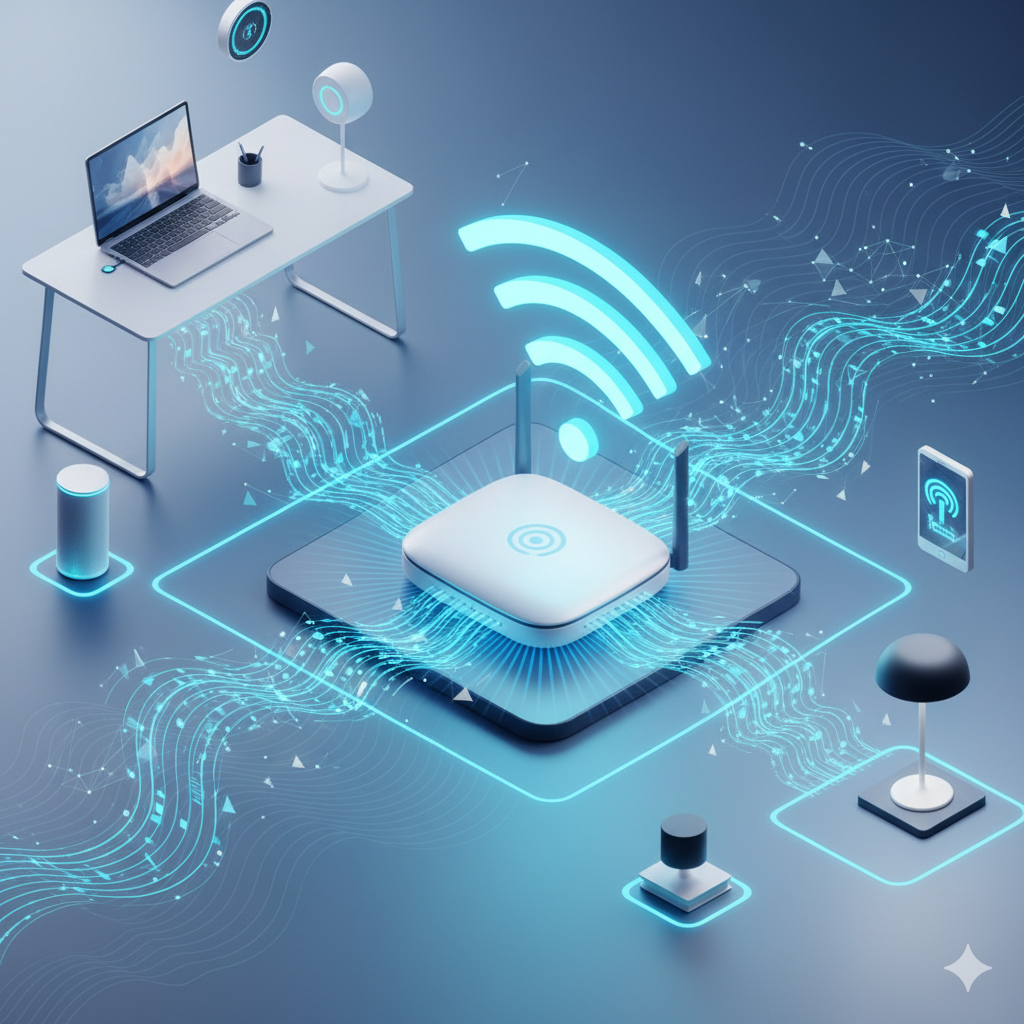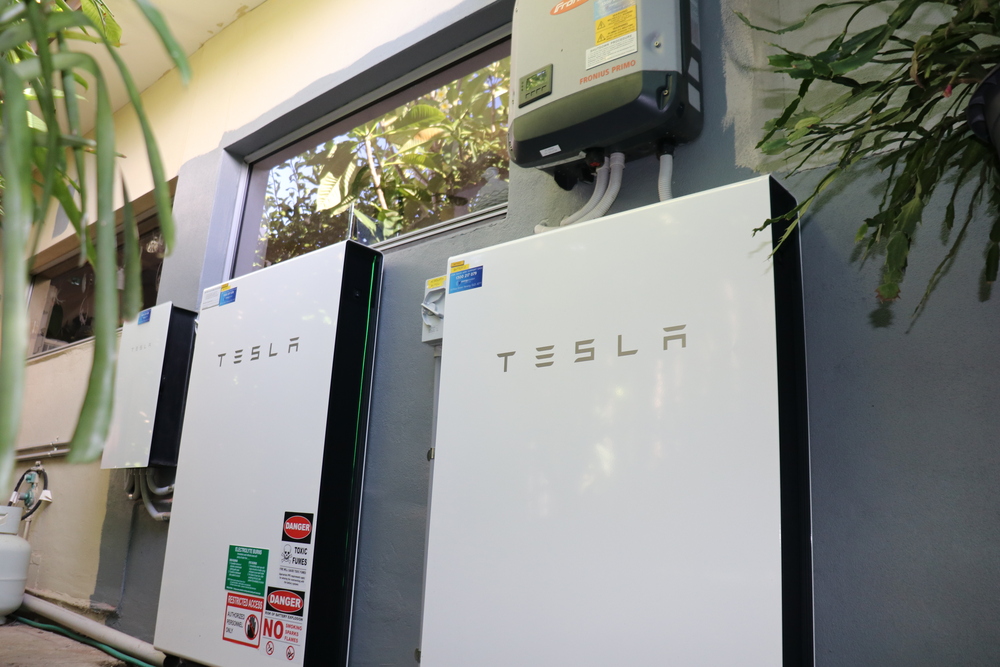The world of Internet of Things (IoT) technology is evolving rapidly, with new standards and protocols emerging to meet the growing demand for connectivity. Among the leading solutions in the market today is LoRaWAN (Long Range Wide Area Network), a communication protocol designed to support low-power, long-range connectivity for IoT devices. This article provides an in-depth look at LoRaWAN-based solutions, exploring how they work, their advantages, and real-world use cases.
What is LoRaWAN?
LoRaWAN is a low-power, wide-area networking protocol developed to enable long-range communication for IoT devices. It is part of the LoRa (Long Range) technology, which utilizes chirp spread spectrum modulation to transmit data over long distances with minimal energy consumption. The LoRaWAN solution is designed for low-data-rate, battery-powered devices that need to communicate across vast distances without relying on traditional cellular networks or Wi-Fi.
Key Features of LoRaWAN:
- Low Power Consumption: Devices can operate for years on a single battery charge.
- Long Range: LoRaWAN can provide coverage over several kilometers in urban areas and up to 15 kilometers in rural settings.
- Scalability: LoRaWAN networks can scale to support millions of devices.
- Security: The protocol includes end-to-end encryption to ensure data privacy.
How LoRaWAN Works
LoRaWAN is based on a star topology where end devices communicate with gateways that relay the data to a central network server. The network server manages the data and ensures the proper routing to the application servers.
Components of a LoRaWAN-Based Solution:
- End Devices: These are the IoT devices or sensors that collect and transmit data.
- Gateways: Gateways act as intermediaries, receiving data from end devices and transmitting it to the network server.
- Network Server: This central component handles message processing, routing, and device management. It ensures that data is correctly routed to the appropriate application server.
- Application Server: The final destination for data, where the information is processed and analyzed.
Communication Process:
- The end device sends a data packet to a nearby gateway using LoRa radio technology.
- The gateway forwards the packet to the network server through an IP connection.
- The network server processes the data and forwards it to the appropriate application server.
- The application server uses the data for various IoT applications, such as monitoring, analytics, and automation.
Advantages of LoRaWAN-Based Solutions
LoRaWAN-based solutions are gaining popularity due to their numerous benefits, making them ideal for a wide range of IoT applications. Below are some of the key advantages of using LoRaWAN technology.
1. Low Power Consumption
One of the main selling points of LoRaWAN is its low power consumption. LoRaWAN-based devices can operate for years on a single battery charge. This is particularly beneficial for remote applications where frequent maintenance or battery replacement would be costly and impractical.
2. Long Range
LoRaWAN provides exceptional coverage, with a communication range of up to 15 kilometers in rural environments and about 2-5 kilometers in urban areas. This long-range capability makes it suitable for large-scale deployments, such as smart cities, agriculture, and industrial IoT.
3. Scalability
LoRaWAN networks are highly scalable, capable of supporting thousands or even millions of devices in a single network. This scalability is crucial for the growing number of IoT devices that need to be connected to the internet. The LoRaWAN protocol can handle a large volume of devices without compromising performance.
4. Cost-Effectiveness
LoRaWAN-based solutions are generally more affordable compared to other connectivity options like cellular networks or Wi-Fi. Since LoRaWAN networks do not require expensive infrastructure and have low operational costs, they offer a cost-effective way to deploy large-scale IoT solutions.
5. Robust Security
LoRaWAN includes built-in security features such as end-to-end encryption, ensuring that data transmitted across the network is secure. Each communication between an end device and the network server is encrypted using an individual session key, making it difficult for unauthorized users to access or alter the data.
6. Global Standard
LoRaWAN is an open and standardized protocol, which means it is widely adopted across the globe. This allows for greater interoperability between devices from different manufacturers and makes it easier to deploy solutions in various regions.
Real-World Applications of LoRaWAN-Based Solutions
The versatility of LoRaWAN technology has made it suitable for a broad range of industries and applications. Below are some of the most common use cases for LoRaWAN-based solutions:
1. Smart Agriculture
In the agricultural sector, LoRaWAN is used to monitor soil moisture, track livestock, and manage irrigation systems. The long-range capability of LoRaWAN ensures that data can be collected from remote fields without the need for expensive infrastructure. By using LoRaWAN-based solutions, farmers can optimize resource usage, improve crop yields, and reduce environmental impact.
Example: In regions with large farming areas, LoRaWAN sensors can monitor temperature, humidity, and soil moisture, transmitting this data back to farmers who can then make informed decisions about irrigation and fertilization.
2. Smart Cities
LoRaWAN is increasingly being used in smart city applications, such as smart street lighting, waste management, air quality monitoring, and traffic management. These applications require the ability to connect large numbers of devices across vast urban areas, and LoRaWAN is well-suited for these needs due to its range and scalability.
Example: Smart street lights equipped with LoRaWAN sensors can detect ambient light levels and adjust the lighting accordingly, saving energy while maintaining safety. Similarly, waste bins can notify city services when they are full, optimizing waste collection routes.
3. Industrial IoT (IIoT)
In industrial environments, LoRaWAN is used for asset tracking, condition monitoring, and predictive maintenance. LoRaWAN-based sensors can monitor equipment health, detect vibrations or temperature changes, and send alerts when maintenance is required. This helps industries reduce downtime and increase operational efficiency.
Example: In factories, LoRaWAN sensors can be attached to machinery to track operational data, helping maintenance teams detect potential issues before they cause costly breakdowns.
4. Supply Chain and Logistics
LoRaWAN technology is used in the logistics sector to track the location and condition of shipments. By attaching LoRaWAN-enabled sensors to goods, companies can monitor temperature, humidity, and geolocation during transportation. This ensures goods are delivered in optimal conditions and reduces the risk of damage or spoilage.
Example: LoRaWAN-enabled sensors on refrigerated trucks can transmit temperature data to ensure that perishable goods, like food and medicine, are kept at the correct temperature throughout the supply chain.
5. Environmental Monitoring
LoRaWAN is also utilized for environmental monitoring, providing real-time data on air quality, water levels, and other environmental factors. This is especially important for early warning systems for natural disasters, such as floods, earthquakes, or hurricanes.
Example: LoRaWAN sensors in rivers can monitor water levels, sending alerts when the water level rises to dangerous levels. This can be used to trigger early warning systems for potential floods.
Challenges of LoRaWAN-Based Solutions
While LoRaWAN-based solutions offer several advantages, they are not without their challenges. Understanding these limitations is important when considering LoRaWAN for IoT applications.
1. Limited Bandwidth
LoRaWAN is designed for low-data-rate applications, making it unsuitable for tasks that require high-speed internet connections, such as video streaming or large file transfers. LoRaWAN is best suited for applications that transmit small packets of data intermittently.
2. Network Coverage
Although LoRaWAN provides long-range connectivity, network coverage can still be a challenge in certain areas, especially in densely populated urban environments or regions with challenging terrain. Establishing a reliable network infrastructure may require additional investments in gateways and network maintenance.
3. Regulatory Constraints
LoRaWAN operates in unlicensed frequency bands, but regulations regarding its use can vary from country to country. In some regions, interference with other devices could be an issue, so it’s essential to ensure that the network operates within the regulatory framework of the region.
Conclusion
LoRaWAN-based solutions represent a powerful tool for enabling low-power, long-range connectivity for IoT devices. With their low power consumption, long-range capabilities, and scalability, LoRaWAN networks are ideal for applications in agriculture, smart cities, industry, and logistics. As the demand for IoT devices grows, the adoption of LoRaWAN solutions will continue to increase, enabling a more connected, efficient, and sustainable world.
Despite some challenges such as limited bandwidth and regulatory concerns, the benefits of LoRaWAN in terms of cost-effectiveness, security, and scalability make it a compelling option for a wide range of IoT use cases. As technology evolves and LoRaWAN networks expand, the potential for new and innovative applications will continue to grow, further solidifying its place as a leading solution in the IoT space.









